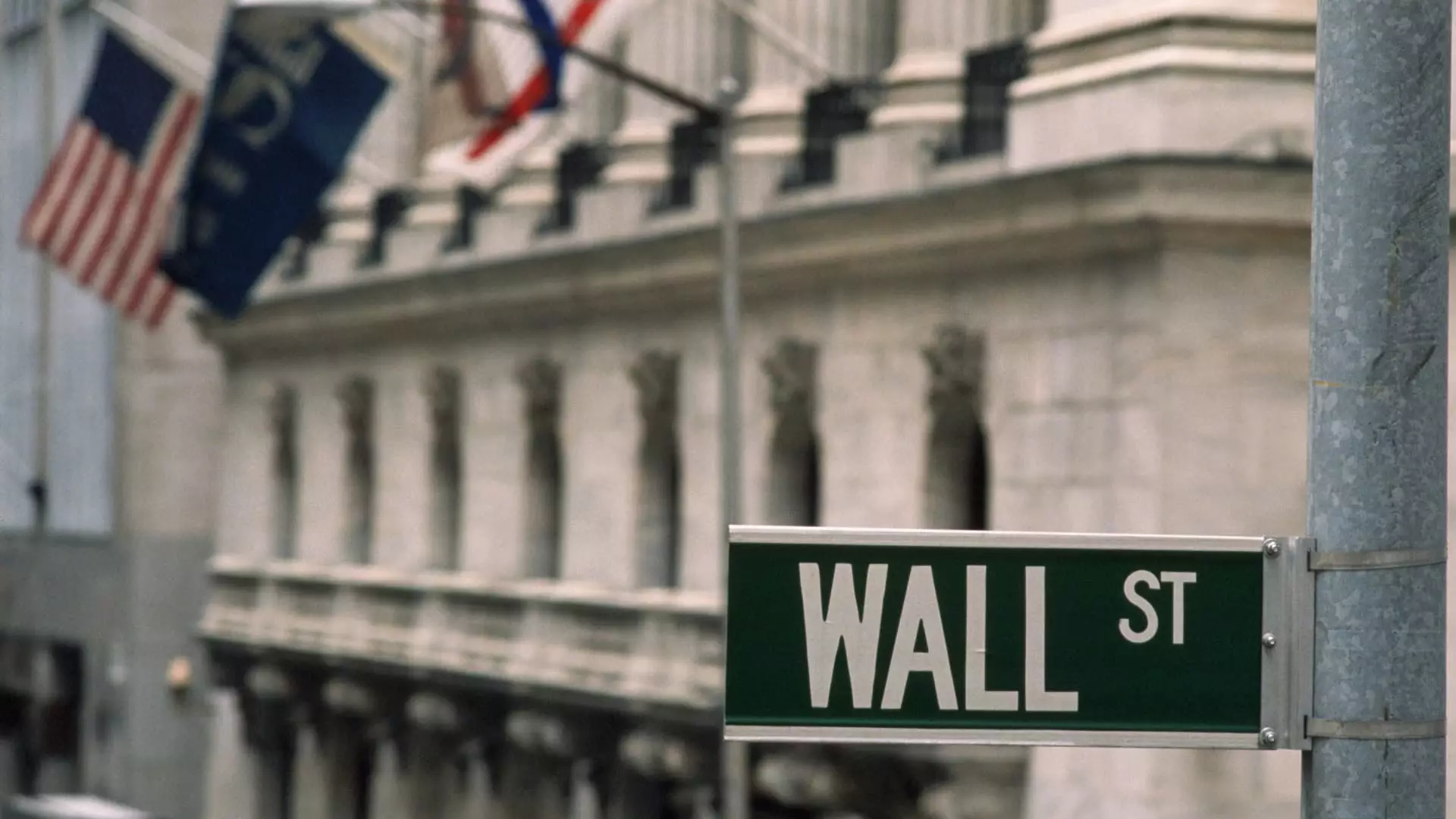As we dive into 2025, the initial public offering (IPO) market is beginning to show signs of activity, with more than twelve companies having commenced trading, albeit to mixed receptions. The noted reluctance of investors to embrace these new stocks raises questions about the market’s appetite for risk. Nasdaq President Nelson Griggs remains optimistic, suggesting that the latter part of the year could herald a resurgence for IPOs. He likened the market’s behavior to a pendulum swinging between the private and public financial realms. This analogy encapsulates the ongoing fluctuations in investor sentiment and market conditions.
Griggs emphasized a significant observation: when public markets struggle to attract capital over an extended period, a considerable backlog of potential IPOs accumulates. This situation creates a robust pipeline that can potentially erupt when market conditions improve. However, the road to a successful IPO is riddled with complications. For instance, Panera Brands’ persistent struggle to secure a public offering illustrates the numerous obstacles that can arise in this process, underscoring the unpredictability of market responses.
Companies within the emerging tech sector, particularly those involved in artificial intelligence, appear to be thriving in private markets. The likes of OpenAI demonstrate that even as traditional avenues for public funding seem less appealing, substantial alternatives exist. This trend raises questions about the sustainability of the IPO model as a primary means for companies to generate capital.
Griggs pointed out a compelling shift in the balance between public and private funding sources, noting that recent innovations have allowed private companies to secure substantial amounts of liquidity without the necessity of going public. With more options at their disposal, companies can often afford to wait for optimal conditions before introducing themselves to public investors. This evolution marks a pivotal moment in the market, yet it does not necessarily imply that the relevance of IPOs has diminished.
While the private investment landscape has evolved substantially, Griggs asserts that the intrinsic need for deep and sustained liquidity remains firmly tethered to the public market. The challenge for companies lies in determining the right timing and conditions under which to make the leap into an IPO.
As 2025 unfolds, a compelling narrative emerges regarding IPOs. The delicate interplay between private market innovation and public investment needs to be monitored closely. The potential for a resurgence in IPO activity seems palpable, particularly as market dynamics shift and investor confidence evolves. Observers will need to stay attuned to these changes—the path of IPOs may be fraught with hurdles, yet the prospect of breaking through could open new doors for growth and investment. The coming months will reveal whether the optimistic predictions by leaders like Griggs come to fruition, or if the IPO space continues to struggle against a backdrop of cautious investment sentiment.

